
Alternate Opening / Deleted Scene
It took me nearly three decades to write the four-book Lazare Family Saga. Over these years, I wrote at least a dozen opening scenes, set in different places and times in the point-of-view of different characters. Where does this story begin? I kept asking myself and exploring different answers. Here’s an alternate opening scene that…
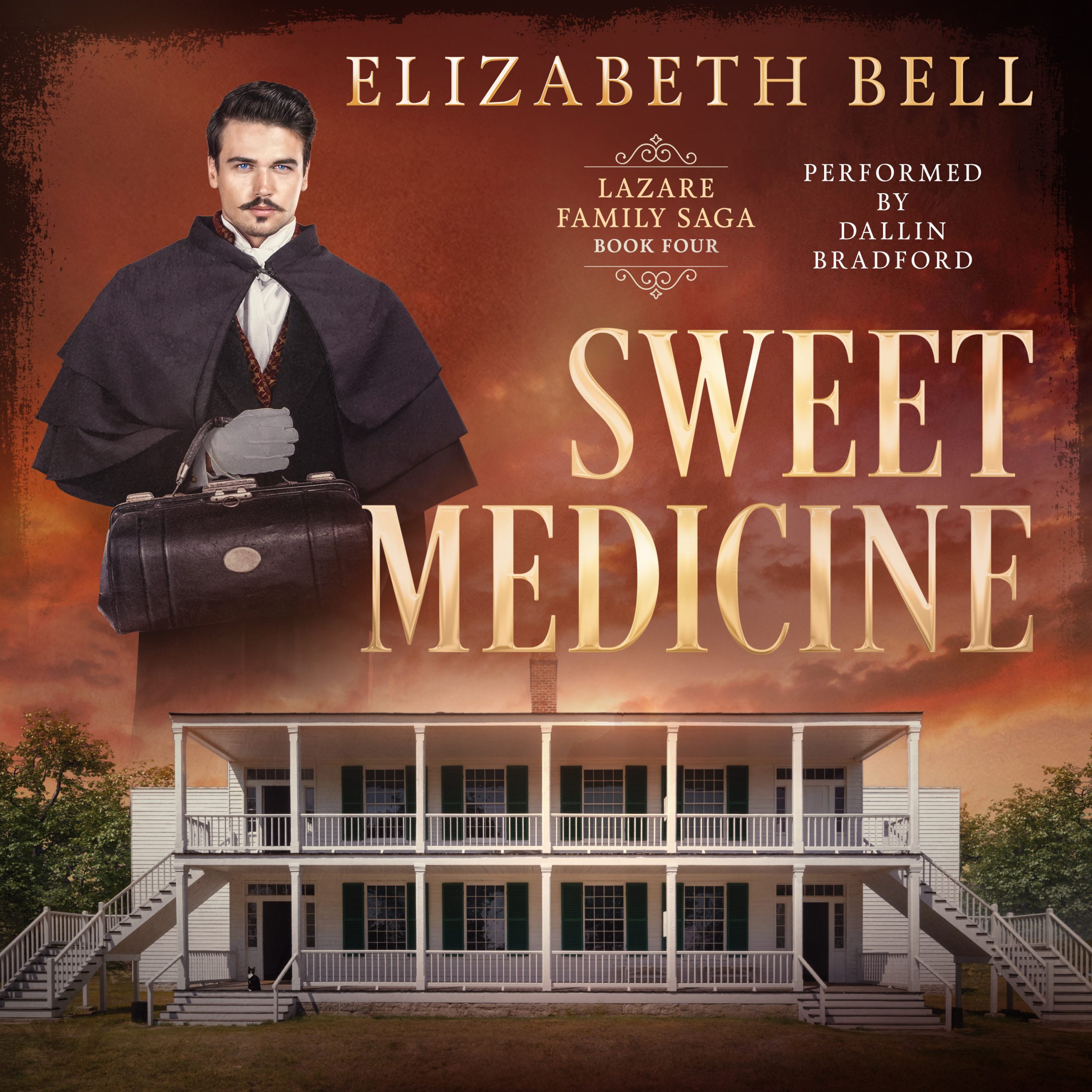
Now in Audio: The Complete Lazare Family Saga!
The complete Lazare Family Saga, my historical fiction quartet, is now available in audio.
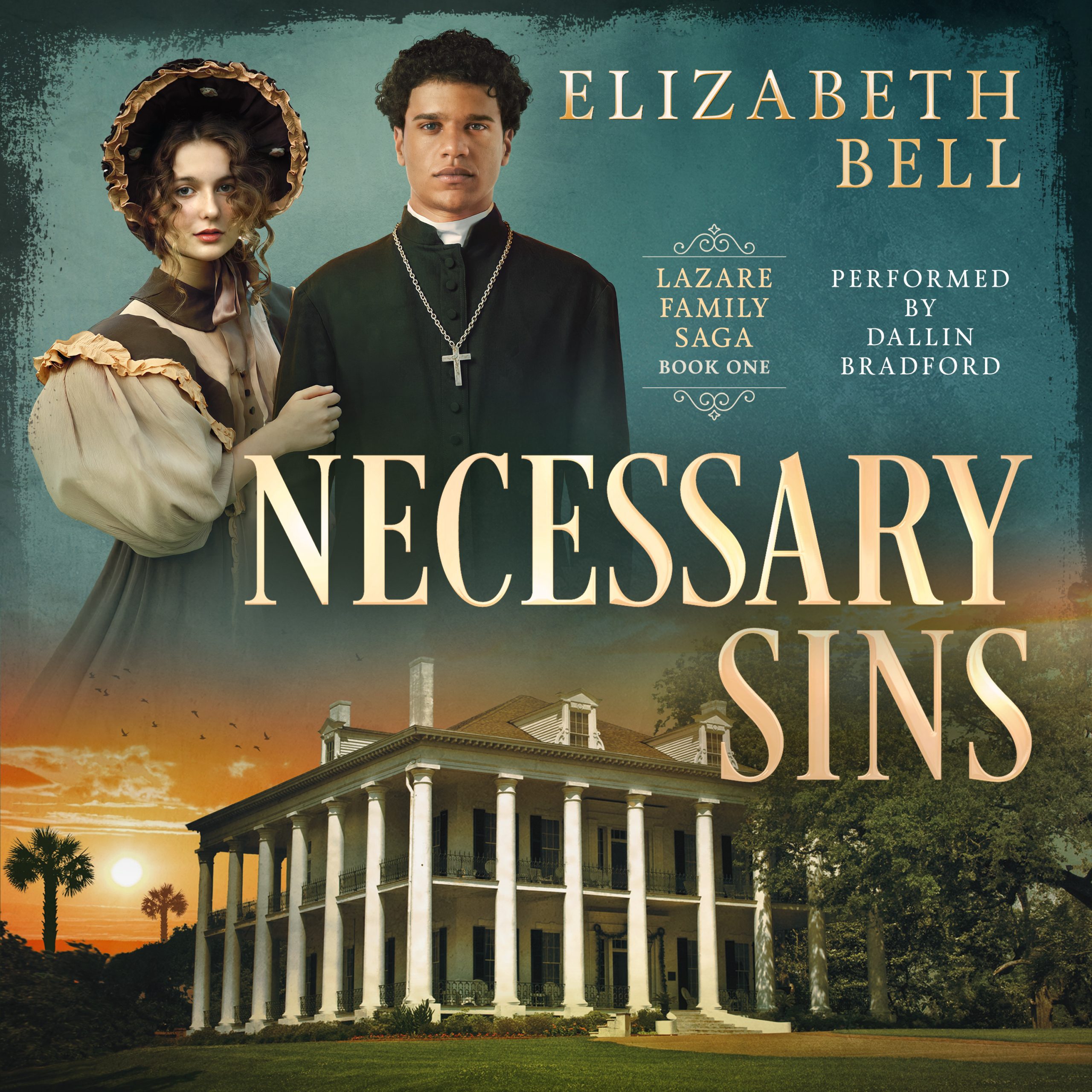
Necessary Sins Is An Audiobook!
At long last, my favorite format of Necessary Sins is live: the audiobook! I’m even more excited now than I was at the initial publication of this novel—because I think my writing is good, but I know my narrator is great! His name is Dallin Bradford. At the bottom left of the cover, tap the play…
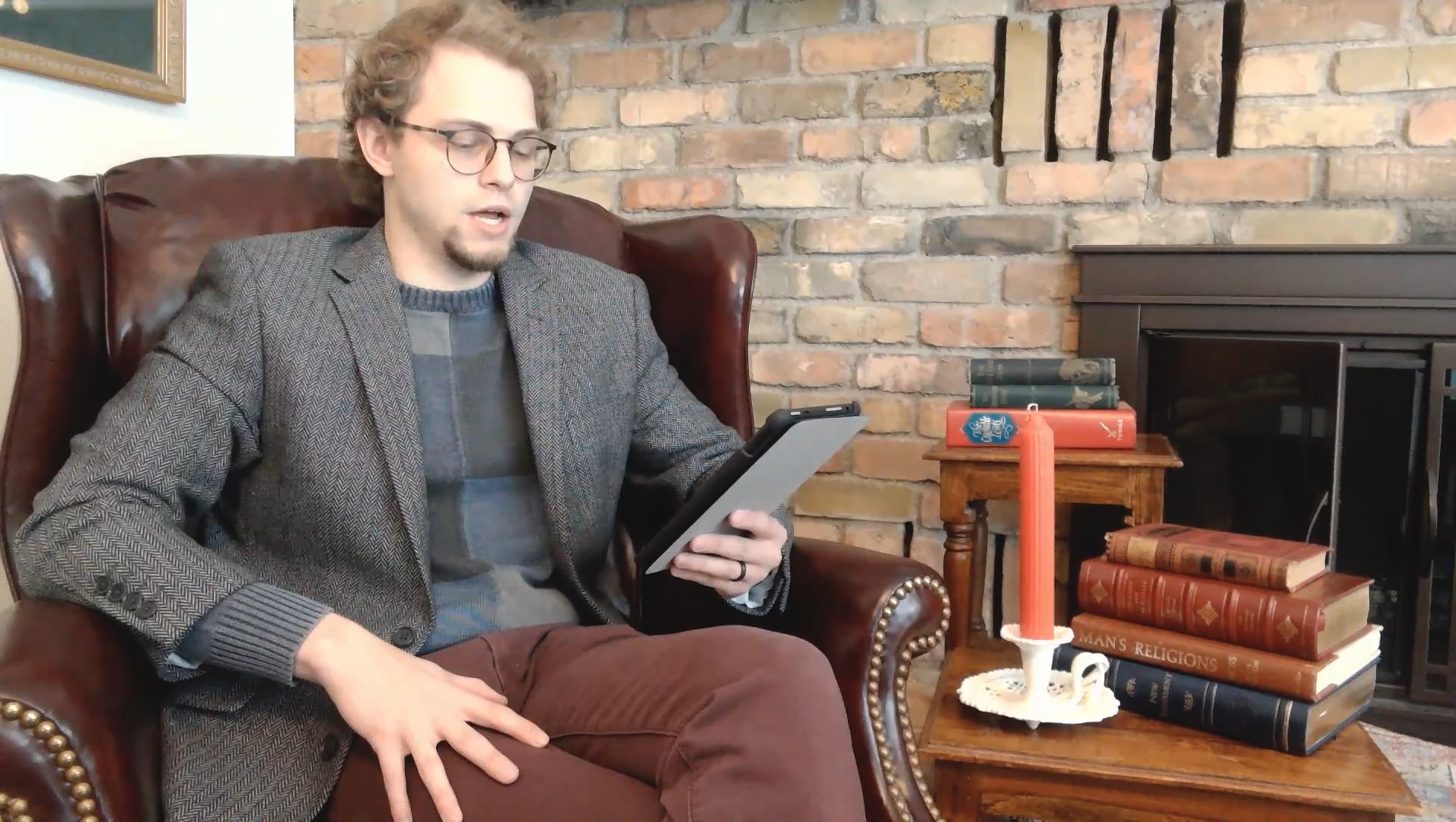
How I Found My Audiobook Narrator
I’ve been an audiobook addict for years. I listen to an average of two books per week while commuting or doing housework. As someone with the equivalent of two full-time jobs, multitasking with audio is the primary way I experience books. If they weren’t mine, I wouldn’t have time to read my own epic novels!…
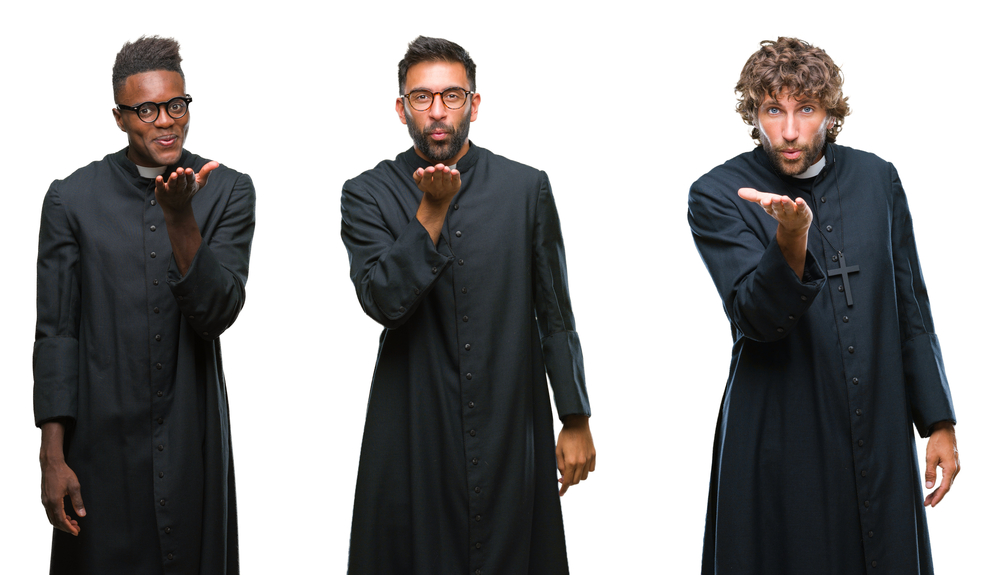
Anatomy of a Book Cover, Part 2
Are you ready for the real designer wizardry? To quote Desdemona in Othello: “O, these men, these men!” The male characters on the ebook covers of Necessary Sins and Sweet Medicine were particularly challenging to represent with stock images. No single image would do; my cover designer, Damonza, had to combine multiple images and make…
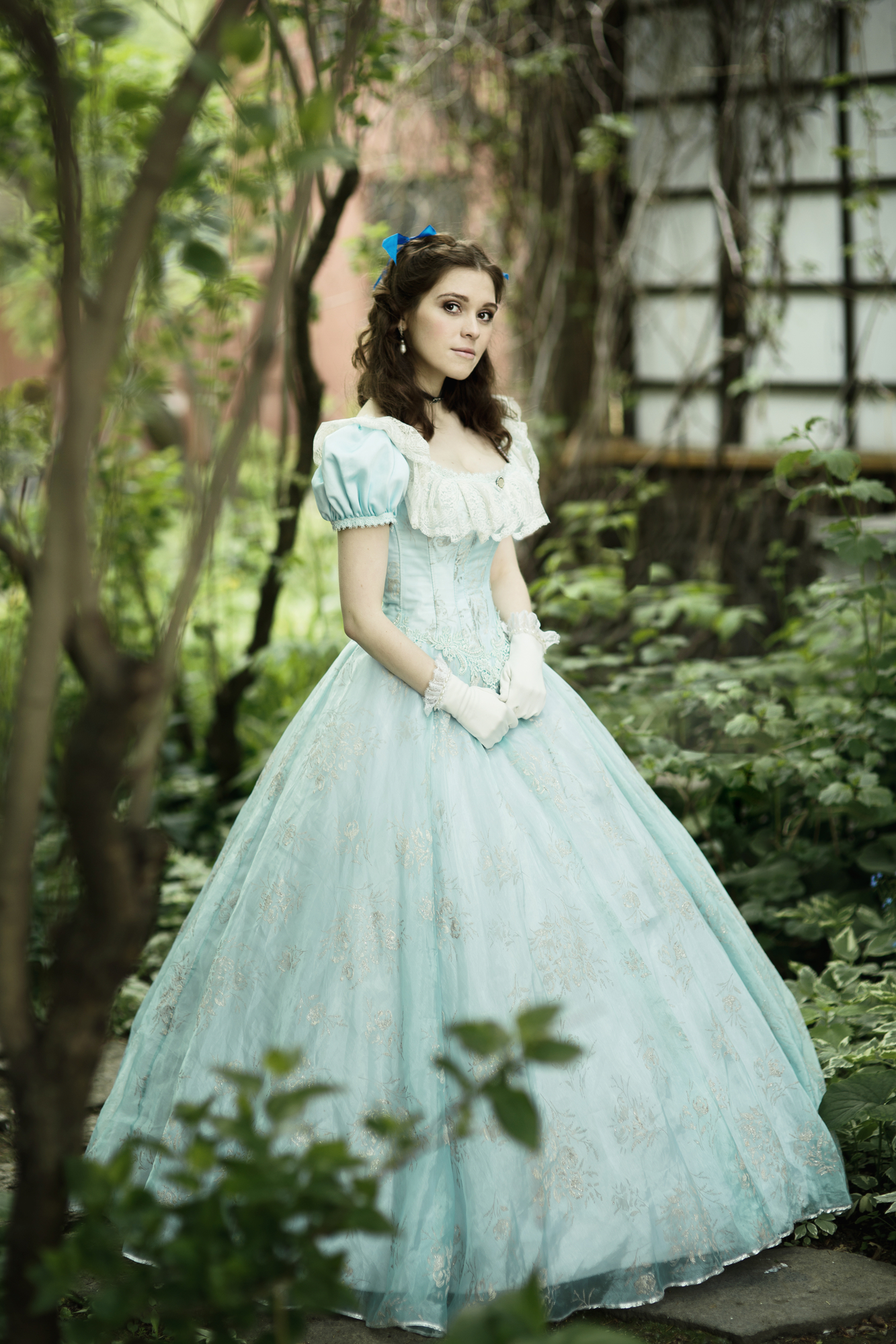
Anatomy of a Book Cover, Part 1
After five months of research and revisions, the ebooks of The Lazare Family Saga have brand-new covers at last! If you’re curious why and how they look the way they do, make yourself comfortable. The creation of these four covers for my fictional family saga is a saga itself, so I’ve split it into two…
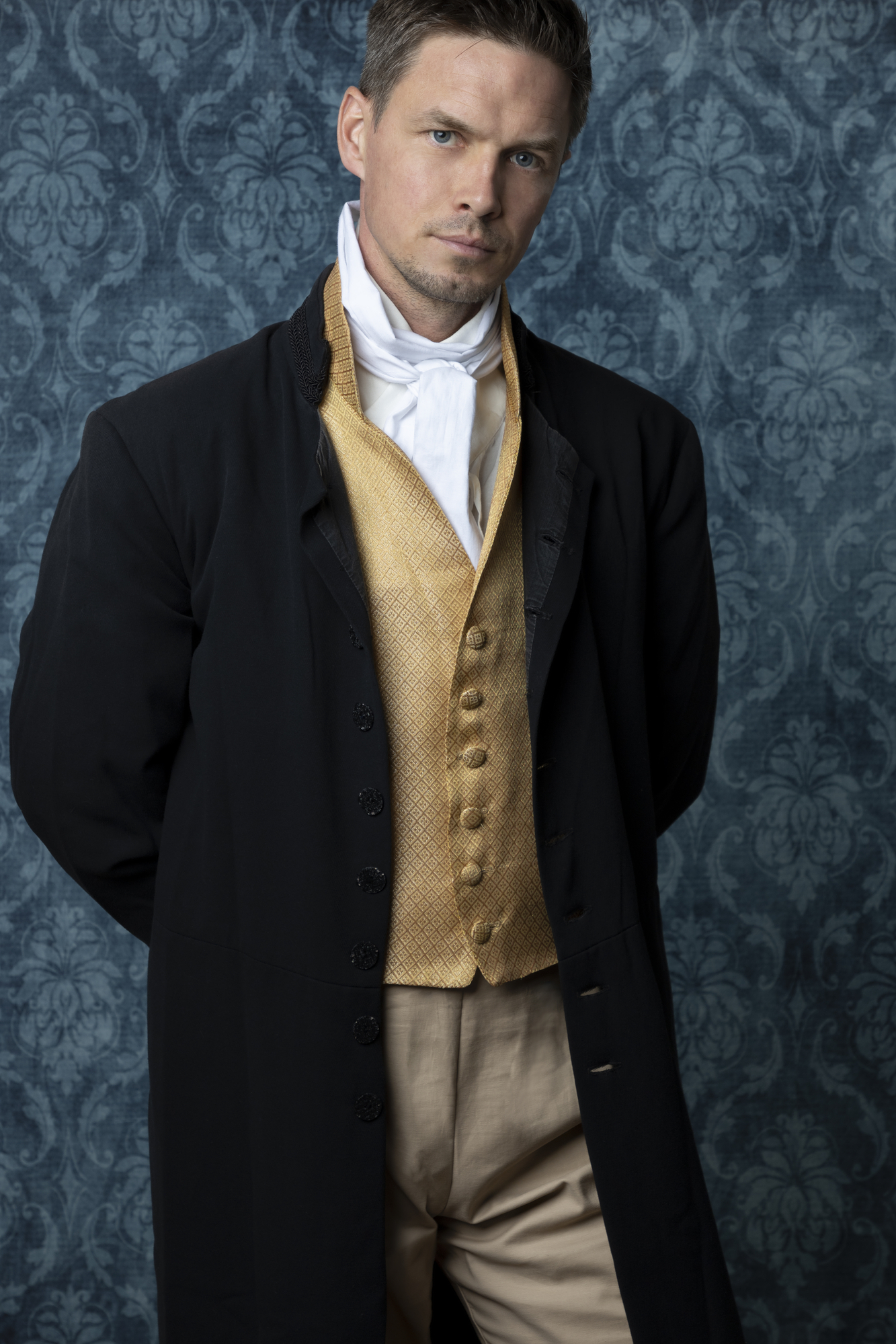
On Second Thought…
“Ring out the old, ring in the new…” — Alfred, Lord Tennyson, In Memoriam (1850) In November-December 2021, I completed a new edit of the entire Lazare Family Saga. I am a perfectionist; I could honestly go through these long books every year and find things to change. But I shall endeavor to be satisfied…

Necessary Sins Has a New Cover!
Why I changed the cover of my debut novel Necessary Sins and what’s on the horizon
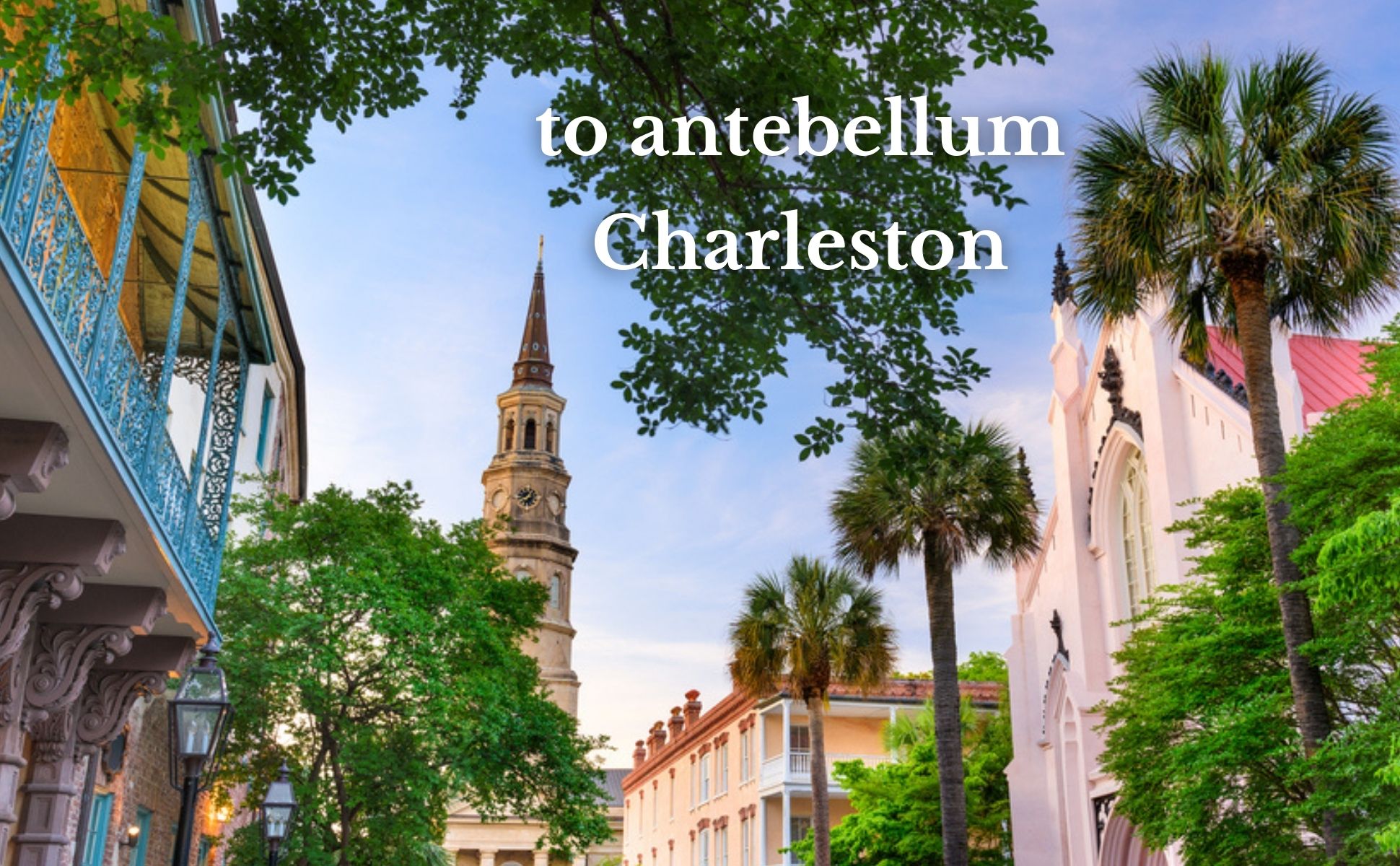
Do I Get An A+?
Firstly, I am thrilled to share that Amazon.com selected Necessary Sins, the first book in my Lazare Family Saga, as one of their Prime Reads for the months of September, October, and November 2021. If you’re a U.S. member of Amazon Prime, that means you can read the Kindle edition of Necessary Sins for free…

What I’m Working On Now
Now that I’ve published all four books in my Lazare Family Saga, I’ve had interviewers and readers asking about my next project. My answer will disappoint many. It disappoints me too. I wish I had the luxury to write full-time, to dive into something new. The reality is, I do not. My time and energy…
End of content
End of content
